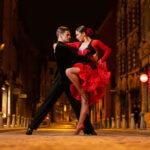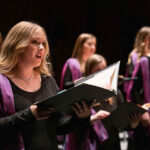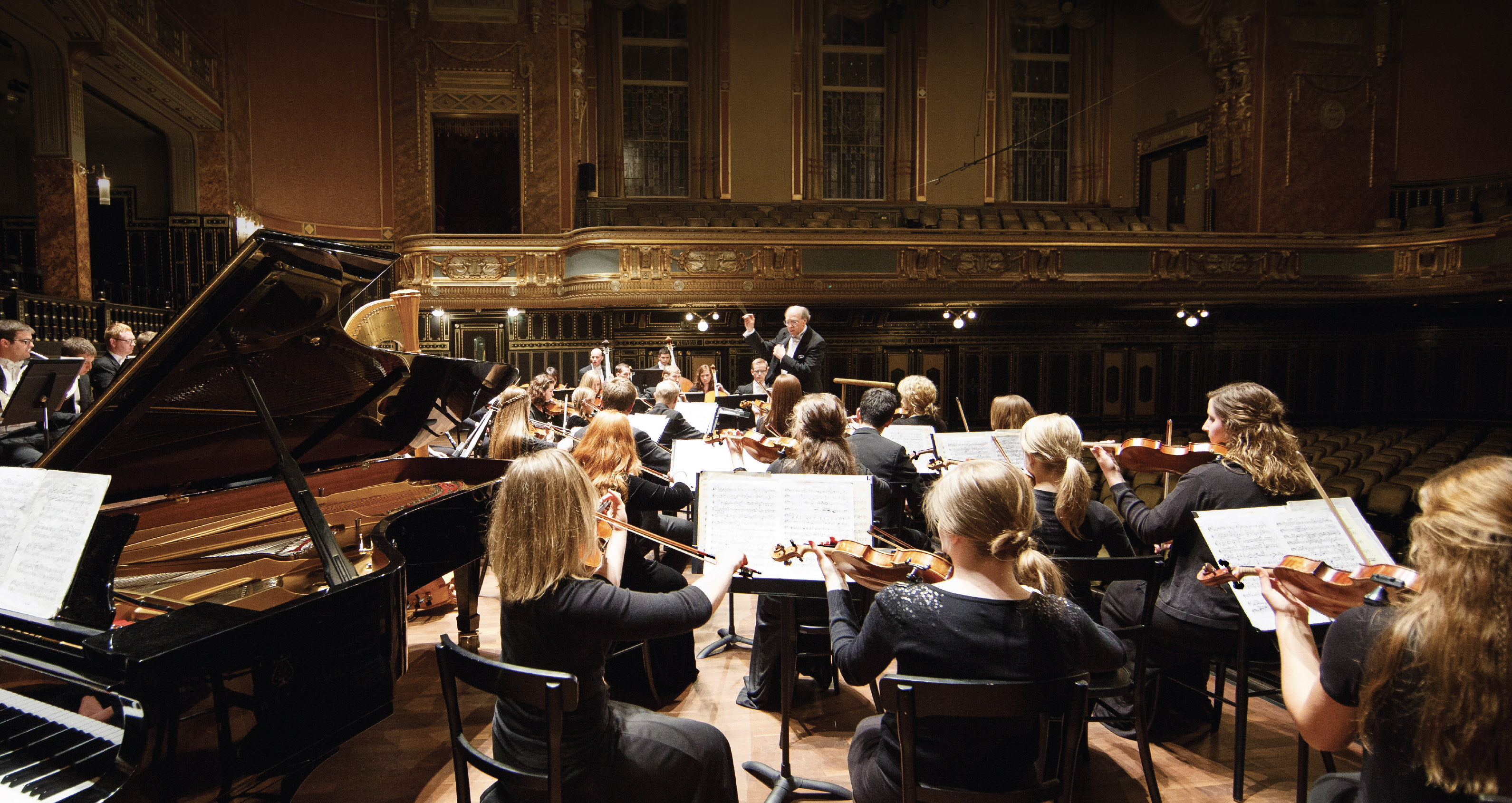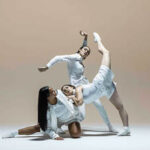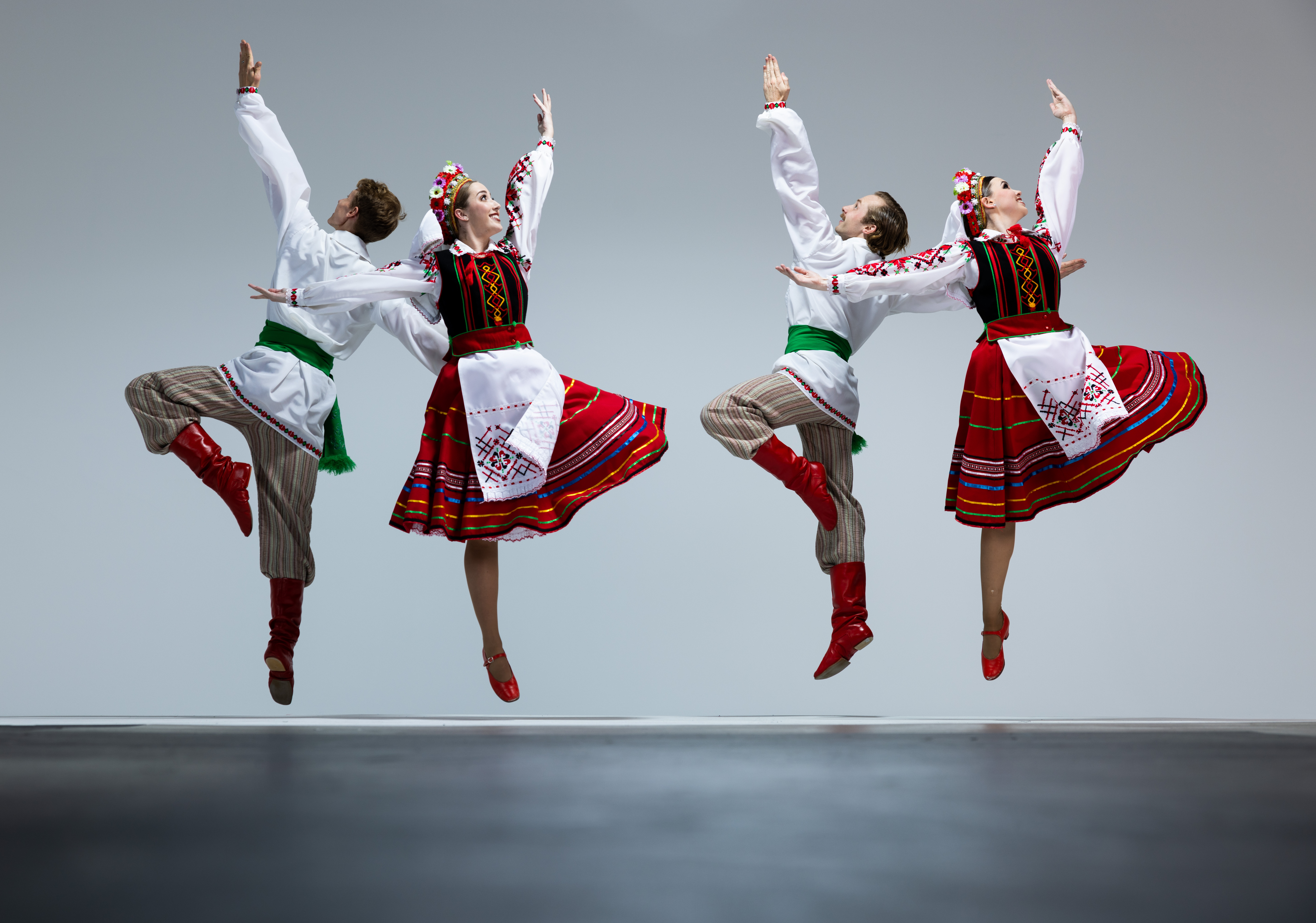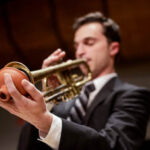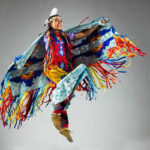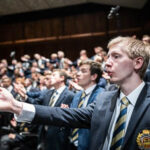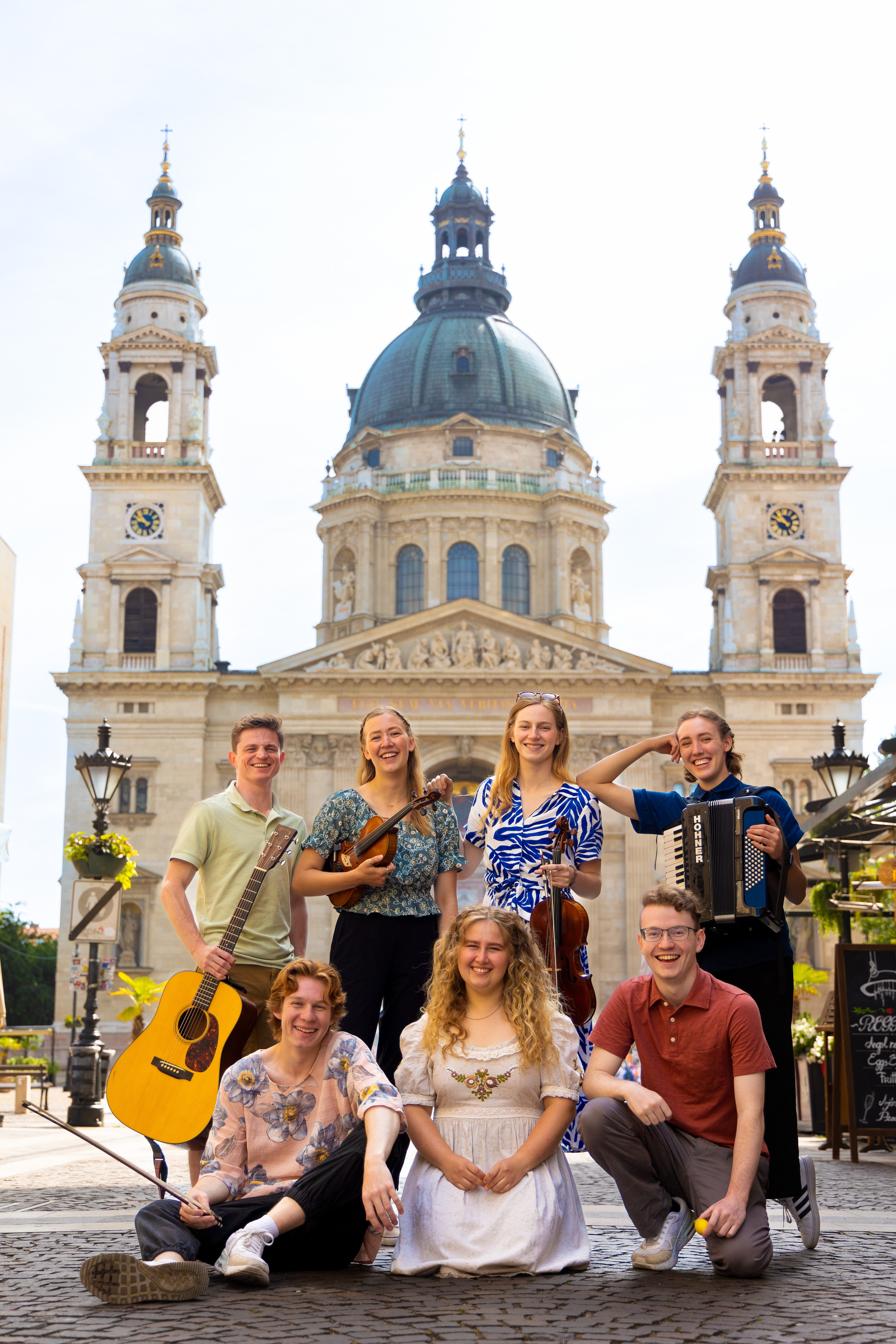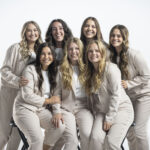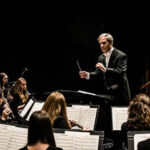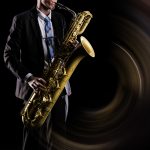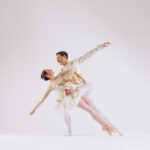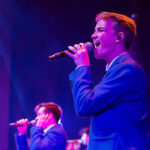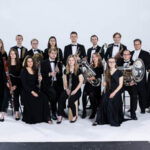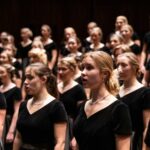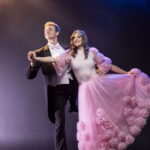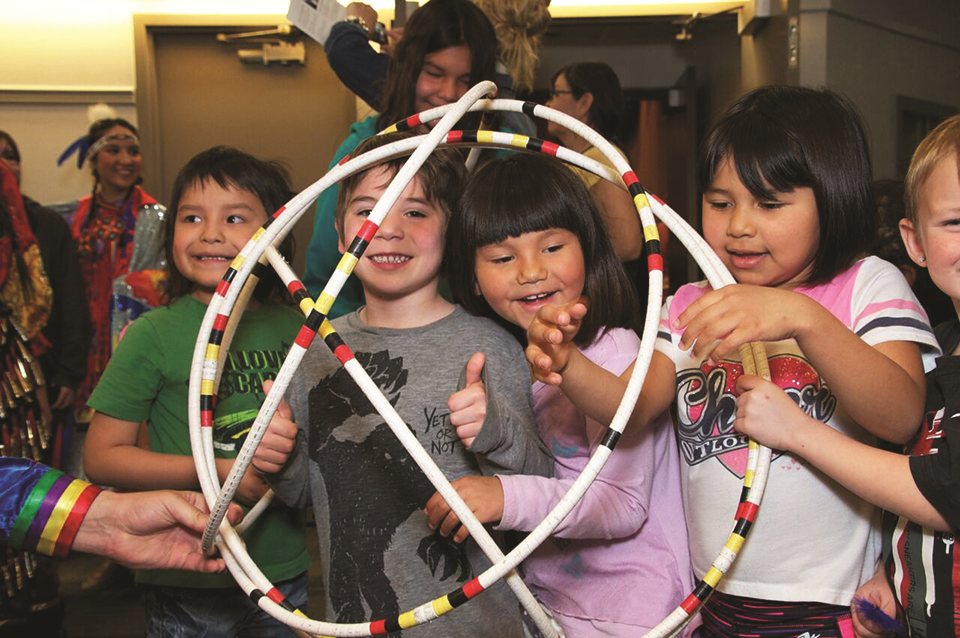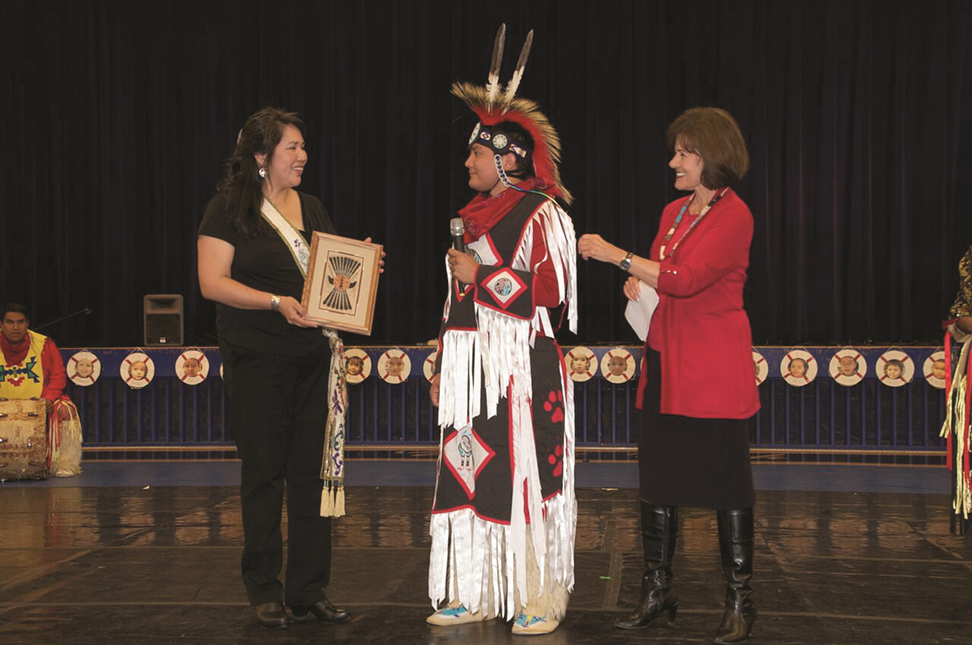
Living Legends presents Mayor Audrey Hudson of Metlakatla, Alaska, a Native American sand painting as a thank you.
The aurora borealis appeared in brilliant green over Alaska where Living Legends gathered around a bonfire to share stories. A part of many indigenous folktales, the lights became a symbol for the group as they interwove Native Canadian and Alaskan traditions from various tribes into their performances on tour in Montana, Canada, and Alaska, where they shared dances in communities that are a living part of the cultures they depict.
As descendants of the cultures they represent in dance, members of Living Legends took pride in bringing a piece of their ancestors’ legacy to the cities they visited. One of the places they performed at is an island in Alaska’s Inside Passage called Metlakatla, a self-governing reservation of 1,500 people, most of whom belong to the Tsimshian Nation. “There’s a lot more pressure to be more culturally correct,” says Keilani Akoi, a Living Legends performer. “We want to portray it the best we can, and there’s more precision in the numbers.”
The tour focused greatly on assembly shows for children, who gathered together to watch Living Legends tell stories through music, dance, and costume. One young girl in Penticton, British Columbia, joined in singing while the group performed “I Am a Child of God.” “It was so innocent of her,” Akoi says. “As a group, we’re always more affected by children.” The principal of the Alaska Military Youth Academy said that while all his students loved the show, the Polynesian and Native students were particularly moved because they saw their own cultures and heritage carefully and artistically portrayed.
The children were ecstatic when the dancers descended from the stage to greet them. The group talked about the meaning behind each dance, and the young students were invited to touch the costumes and ask questions. The dancers appreciated the chance to preserve a culture by teaching its traditions to a younger generation. “It changes the way you dance,” Living Legends member Samuel Arce says. “The greatest lesson I experienced was the need to connect with the show, because it’s the story of our lives.”
While many of the youth in the audiences had come from small communities with few opportunities for higher education, the interaction with the group allowed them to broaden their horizons. The youth learned more about universities and future prospects and were inspired to see people from their own culture completing their educations while sharing their heritage. The young students could see that their own positive action had the potential to determine their happiness. A principal of one of the schools said that because of the BYU performance, his students saw for the first time a broadened picture of possibilities for their lives.
Like the splendor of the northern lights dancing across the Alaskan sky, Living Legends brought a powerful message of noble cultures for audiences to remember and celebrate.

